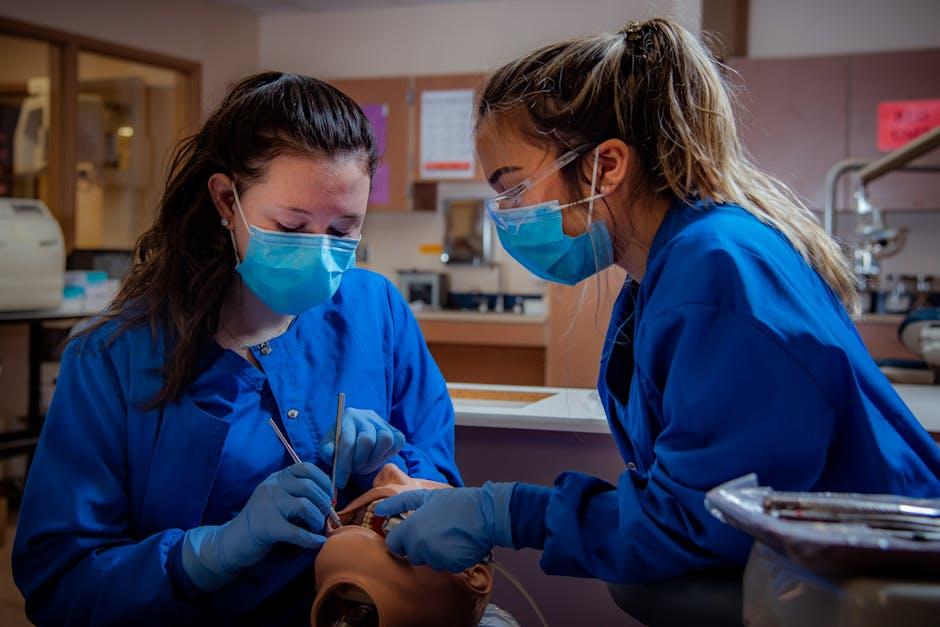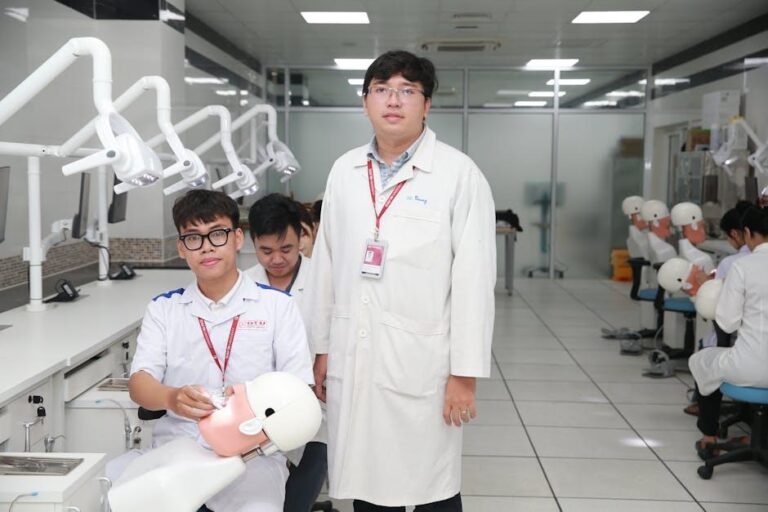
Evaluating Dental Students’ Understanding of Oral Complications and Care Management for Head and Neck Cancer Patients – BMC Medical Education
Introduction
Head and neck cancer (HNC) remains a significant global health challenge, impacting thousands annually. Patients affected by HNC often suffer from diverse and complex oral complications which demand expert dental care and management. As frontline providers of oral health, dental professionals, especially dental students during their training, must be equipped with a deep understanding of these complications and the best care practices.
This article provides an in-depth evaluation of dental students’ knowledge and competencies regarding oral complications and care management for head and neck cancer patients. Drawing from BMC Medical Education research, we explore how dental education is shaping future professionals to address the unique challenges posed by HNC oral care, highlight practical tips, and discuss the role of curriculum development in improving patient outcomes.
Why Evaluate Dental Students’ Understanding?
Oral complications of head and neck cancer treatments—such as radiation therapy, chemotherapy, and surgery—include mucositis, xerostomia (dry mouth), osteoradionecrosis, and dental caries, among others. These conditions necessitate a nuanced approach to care that integrates prevention, symptom management, and patient education.
Evaluating dental students’ knowledge and clinical preparedness is critical for multiple reasons:
- Improved Patient Outcomes: Competent management reduces oral complications severity, improving quality of life.
- Curriculum Enhancement: Identifies knowledge gaps to tailor educational interventions.
- Professional Confidence: Ensures students feel prepared to handle HNC cases post-graduation.
- Interdisciplinary Collaboration: Fosters understanding of dental oncology’s role in multi-disciplinary care teams.
Common Oral Complications in Head and Neck Cancer Patients
Dental students must master recognizing and managing a spectrum of oral complications. Below is a summarized guide:
| Complication | Description | Effect on Oral Health |
|---|---|---|
| Mucositis | Inflammation and ulceration of the mucous membranes | Pain, increased infection risk, eating difficulties |
| Xerostomia | Chronic dry mouth due to salivary gland damage | Higher caries risk, discomfort, impaired digestion |
| Osteoradionecrosis | Bone death from radiation-induced damage | Severe pain, exposed bone, impaired healing |
| Trismus | Restricted mouth opening due to fibrosis/scarring | Difficulty chewing, speaking, oral hygiene |
| Caries | Rapid dental decay exacerbated by xerostomia and poor oral care | Tooth loss, infection risk |
Methods to Evaluate Dental Students’ Understanding
According to BMC Medical Education studies, diverse evaluation strategies effectively assess dental students’ competencies in this domain:
- Knowledge-based assessments: Multiple-choice questions (MCQs), case-based exams, and oral quizzes focusing on pathophysiology and management protocols.
- Clinical simulations: Role-play or virtual patients presenting with common HNC oral complications.
- Reflective writing: Encourages critical thinking on patient cases and care challenges.
- Objective Structured Clinical Examinations (OSCEs): Hands-on patient scenarios testing clinical decision-making and hands-on skills.
- Feedback and peer evaluation: Incorporating student and instructor feedback to promote continuous learning.
Benefits of Strong Understanding & Practical Tips for Students
Benefits:
- Enhanced ability to provide holistic care to vulnerable patients.
- Reduced incidence of severe oral complications through early intervention.
- Improved communication skills tailored to patients with complex needs.
- Greater employability and readiness for specialized fields of dentistry.
Practical Tips for Dental Students:
- Engage in interdisciplinary learning: Collaborate with oncology, nursing, and speech therapy students.
- Stay updated on guidelines: Regularly consult the latest protocols from oncology and dental associations.
- Practice patient education: Develop clear, empathetic communication about oral care benefits and challenges.
- Participate in clinical rotations: Gain exposure to real-world management of HNC patients.
- Use evidence-based resources: Focus research and clinical decision-making on peer-reviewed studies.
Case Study & Firsthand Experience
A recent study published in BMC Medical Education evaluated dental students from multiple institutions by administering a comprehensive oral oncology care module, followed by pre- and post-module assessments.
The results showed a remarkable 40% increase in correct identification and management of oral complications post-training. Students particularly improved in recognizing osteoradionecrosis signs and delivering preventive care education.
One participant reflected, “Before the course, I felt uncertain about managing cancer patient-related oral issues. Now, I’m confident in creating care plans that make a real difference.” This echoes the real impact of specialized education modules in preparing future dental professionals.
Conclusion
Dental students’ understanding of oral complications and care management for head and neck cancer patients is a critical component of comprehensive dental education. As evidenced by research featured in BMC Medical Education, deliberate evaluation and targeted training significantly elevate students’ knowledge and clinical confidence.
By integrating evidence-based learning tools, clinical practice, and interdisciplinary collaboration into dental curricula, educators can better prepare students to serve this vulnerable population. For dental students, embracing this knowledge translates into improved patient care, professional growth, and the ability to make a meaningful difference in oncology dental management.
Ultimately, strengthening dental education in this area is a pivotal step towards optimizing health outcomes for head and neck cancer patients worldwide.


